How to Make Yogurt Starter
Making your own yogurt is a wonderful, healthful way to incorporate dairy into your diet. In order to make homemade yogurt, you will first need a yogurt starter. You can buy yeast cultures, but why go through the trouble when making your own starter is so easy? Here's an easy recipe to use when you make your next batch of homemade yogurt.
Ingredients
- 3/4 cup Raw Cow’s Milk
- Cardamom Pods
- Thermometer
- Glass Measuring Cup
- Glass Bottle for storing starter
Step One
Heat the milk to 120 degrees. Pour milk into clean container.
Step Two
Break one large cardamom pod in half and place both halves in milk until completely submerged. If you have trouble finding pods (as I did), use 20 cardamom seeds instead.
Step Three
Use a whisk or spoon to push the seeds or pods under milk until completely submerged. Do NOT stir the mix as this may hinder the curdling process.
Step Four
Cover with cheesecloth or towel. Keep in a warm place (on the counter is fine as long as your home is around 70 degrees. Wait for it to curdle in 10-14 hours (I usually just wait overnight).
Step Five
Check the yogurt starter to ensure it has curdled properly. The smell should not be sour or pungent, but sweet. It should have thick curdles as well.
Step Six
Once the starter has curdled properly pour the mixture into a bowl and remove the pods and/or seeds.
Step Seven
Pour the yogurt starter into a clean container with a screw-tight top. Store in a refrigerator for up to 3 weeks.
That’s all, fellow homesteaders! Did you enjoy my homemade yogurt starter recipe? Let us know in the comments section below what you thought of this yogurt starter. Do you have a favorite yogurt starter recipe that’s a staple on your homestead? Share it with us and we’ll give it a shot. We love doing DIY homesteading projects and becoming more self-reliant by learning more about how everything works around the homestead. That’s why Homesteading was created. We want all folks looking to lead a self-sufficient life, either on a homestead or in an urban environment, to come together and learn from each other! Of course, we welcome your help in creating a community of homesteaders. Come and share your homesteading tips and ideas, recipes and expect the best advice on self-reliance and homesteading trials from our team of long-time homesteaders, self-reliant wilderness, and preparedness experts. Want to write for Homesteading? Shoot us an e mail and make sure to stay in touch on Facebook, Twitter, and Pinterest!
Do you have Instagram? Don’t forget to join us @HomesteadingUSA.
Click here to Like Us on Facebook.
Click here to Follow Homesteading on Pinterest.

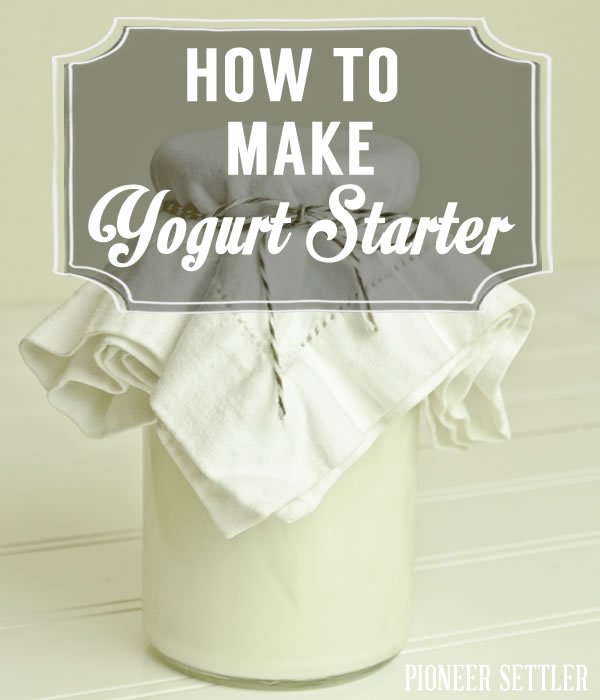

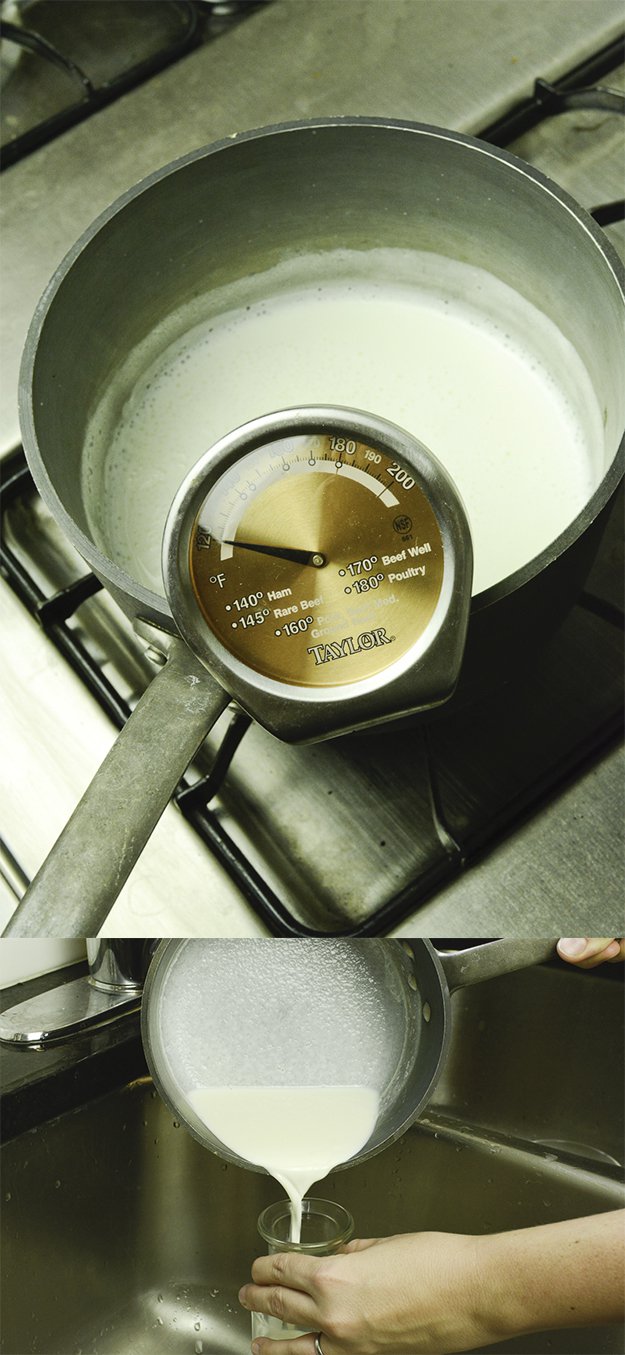
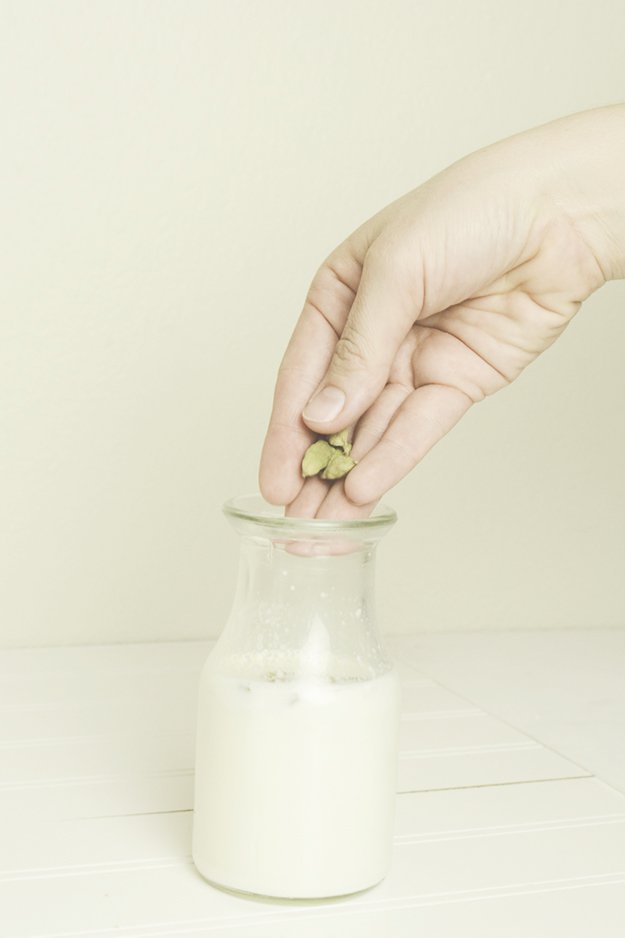
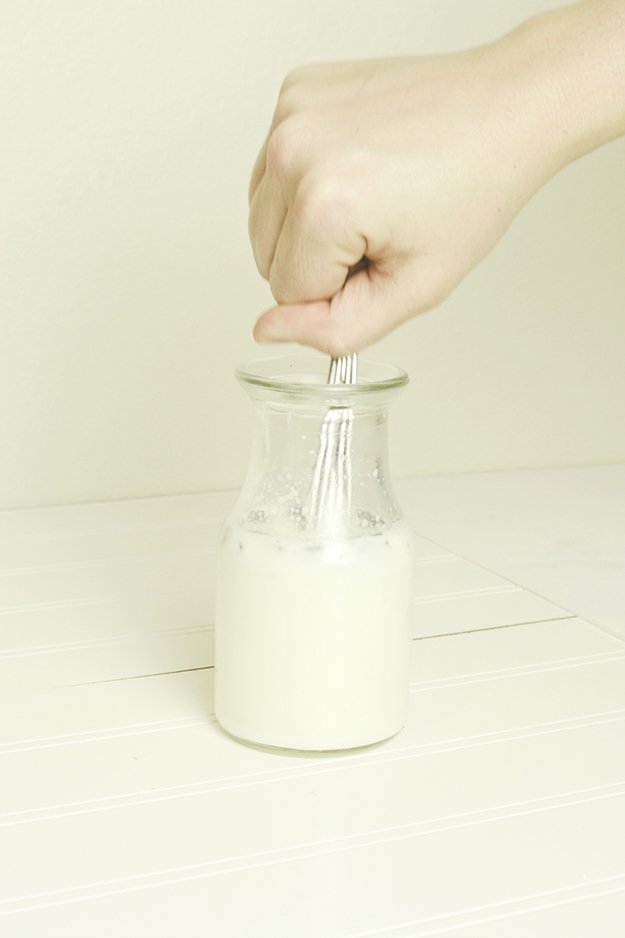
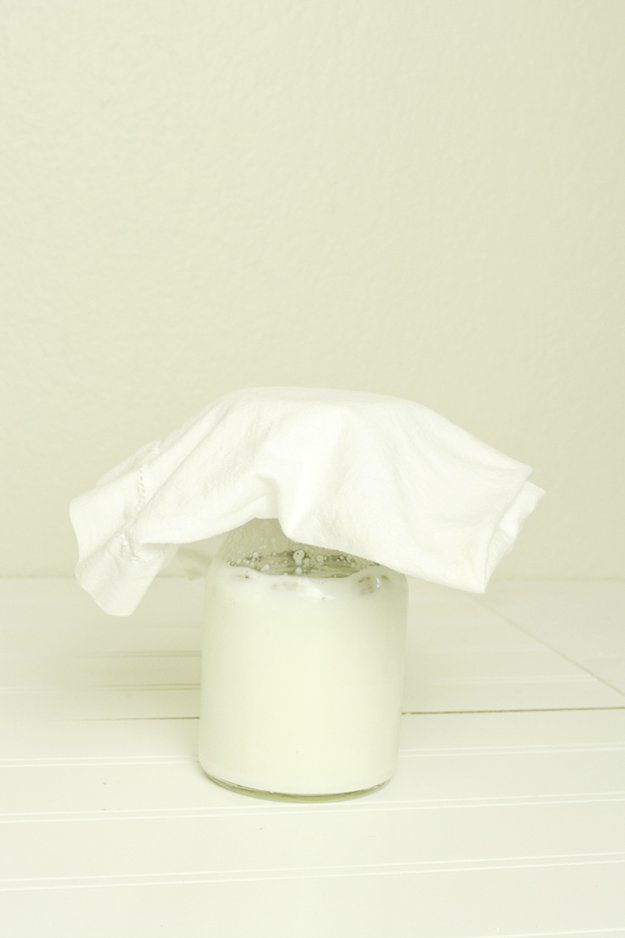
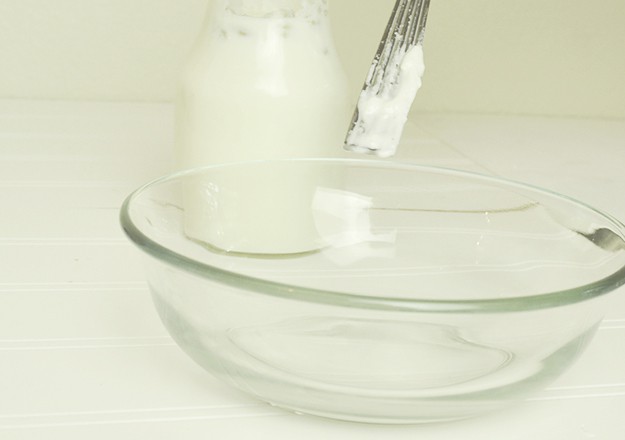

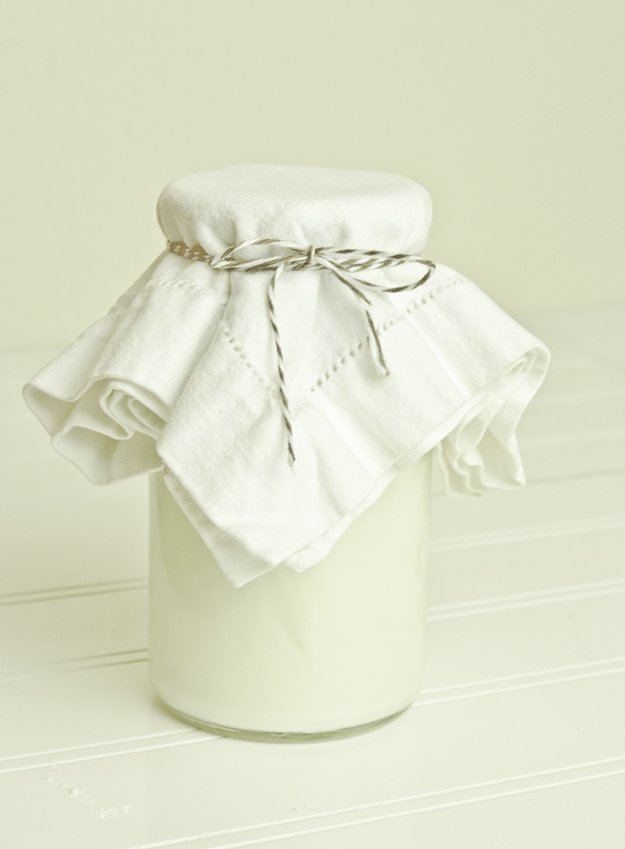
So what is it about the cardamom pods that causes the culturing and curdling to occur?
It is my understanding that there is a reaction that changes the pH balance due to acids from the cardamom entering the milk.
It isn’t clear to me how much cardamom to put in the starter. You say one pod or 20 seeds: one pod doesn’t have that many seeds. Yet, the picture of the bowl with the starter has numerous pods in it. So how much does one use?
Hi Deborah! The photo shows the cardamom seeds which are normally housed in the pods. Each pod (looks like a very large brown pea pod) contains about 18-20 seeds which is what I used since I had difficulty acquiring the pods. So just use either one pod with all the seeds in it still or if you can’t find pods, just use 18-20 seeds.
The green things in your bowl are the pods not the seeds, the seeds are in the green pods. Deborah was confused as I. But your answer just added to the confusion.
I’m confused I only have black cardamons pods
How much do you use to make the yogurt?
Here is a link for the yogurt recipe that goes along with it: https://homesteading.com/homemade-yogurt-recipe/ Hope that helps!
Cool! Can’t wait to try this. Do you know if you could freeze portions of the starter?
Yes, it freezes well. Just let it thaw completely and stir before adding it to your yogurt recipe!
No.. It looks like you have used 18 pods not 18 seeds.
I agree, those are 18 pods not 18 seeds. It also looks like there is way more than 3/4 cup of milk in that bowl. I got green cardamom pods on Amazon, $7.89 for 3.5 oz. (100 g) and they have black pods too.
Don’t know if you are still taking comments on this thread, but here goes.
Do you know if Garbonza beans (chickpeas) can be used instead ?
Yes you can! Been doing it for long time. I use 3-4 cooked chickpeas/garbanzos in 1/4c warm milk (110°) to make the starter. Use this starter minus the whey on 4c boiled and warmed milk to make yogurt. Makes a sweeter milder yogurt -my kids favorite for breakfast. For other starters that give different tartness flavor I use same process as before (1/4c warm milk) but substitute 3 crushed raw garbanzos, or 4 any kind chili pepper stems, or 1/2 tamarind with hard skin, or 1 tsp brown rice, or 1 cardamon pod opened showing seeds. I rinse the starter item (pod, tamarind, etc.) dry it and use as if new in other recipes.
Cardamon is very expensive and difficult to find. There are cheaper alternatives for yogurt starters. The brown rice gives a yogurt that separates and looks like a cheese on top. I take advantage of that and use it as “cheese” for spinach lasagna rolls or cream cheese and is delicious! Eat any of the yogurts and save the whey as starter from then on. Hope this helps! 🙂
Janice, do you take direct questions?
Can you use store bought milk for this instead of raw?
Hi could you use home made nut milks
Could you use an old gym sock instead of a jar
No, but if you dredge the old gym sock in a beaten egg and panko bread crumbs and deep fry it, you’ll have a delicacy more precious than bird’s nest soup.
Do you know how all the different probiotic strands are obtained in starters? Trying to figure out how to make my own starter, I’ve seen using a lemon, chili pepper and now cardamom. I understand these curdle the milk but what about the live and active cultures?
I would assume the good “cultures” survive and replicate with the proper temperature and “food”. The acid/alkaline environment helps determine which strains survive as well. Time culturing too. But I am not 100% sure so…
Curdle occurs for more than one reason. In the case of yogurt, a bacterial culture digests proteins and perhaps also fats, changes the texture of the finished product according to the various actions of the living organisms. In the case of kefir, there is a combined synergistic cooperation of two very different organisms in creating a viable, supportive product. The end result of culturing is a food that supports our microbiome. The results may be tangy, sour or not – but this activity is not in the same league as adding an acid to simply coagulate the aminos/proteins. Minerals can also coagulate the proteins, but do no harm to them.
20 pods or 20 seeds looks like pods in the picture
Yes, you are using green cardamom pods in your picture. The seeds are small and are inside the pod. The seeds inside the green pod are small and green, and the seeds inside black cardamom pods are slightly larger and black.
Beautiful but can I just ask, after boiling the milk dd o u have to put cardamom straight or the milk has go cool to a certain temp before introducing the cardamom
Recipe was good.
Qtn; in case I don’t have cardmom seeds what else can I use??
Does this starter work in almond or soy milk? Thanks
Curious. Is this an acid reaction, or is there any lactobacillus bacteria activity happening?
If you want to know/control exactly the amount of probiotics and which ones your yogurt brill have, your best bet is to use 2 of your choice store bought probiotic capsules content, stir in cooled milk an ferment.
I have been looking for yogurt recipe. But please advise, if this won’t make curd and only yogurt. There is a difference between yogurt and curd.
The “Ingredients” specify a glass measuring cup. I’m assuming that is for measuring the milk as I see its use nowhere. And does it need to be glass? Also, the last step says to pour the starter into a container with a screw-top lid yet your photo shows a bottle covered with cheesecloth. That confuses me as to whether the starter needs to be isolated from air.
I have tried this experiment, and it does not work. I have used raw milk, and I put the black seeds from one pod and I added more unopened pods, about 5 pods. And I kept the milk in a warm place. I followed all steps but they did not work. I said it did not work, because the it passed more than 15 hours and nothing happened. After 24 hours I saw a very tender clot and I tested it and the flavor was not rotten but slightly sour. So, my interpretation is that the seeds do not work, but the milk was clotted naturally. I said this because I was born in the countryside and we used to leave the milk by itself in a vessel overnight to be clotted for baking as an ingredient. Then, I heated more milk, 1 cup, and to that cup, I added the sour milk, the clotted milk, expecting to see if that original tender clot would act as a starter.
So, at the time I am writing this, my experiment is in progress.
Did you have any success?
How can I use brown rice in yoghurt starts recipe
Will this only work with raw milk? Raw milk is illegal in Maryland. Also does the cardamom give it a flavor unlike the yogurt we’re used to from stores?
It does not really matter what you put into the milk, cardamom, brown rice, chick peas, sunflower seeds, provided they have yeasts and bacteria on the outer surface. It is not the vegetable matter that causes the milk to curdle, it is the presence of yeasts and bacteria on the vegetable matter.
Can you use plant milk, almond, oat, coconut, etc?
Wondering the same thing. Dont have an answer though sorry. Also wondering if plant based milks would be safe to make yogurt and how to do it.
Dried Tamarind works as does dried chili peppers. The stems from fresh chili peppers works also. It looks like yogurt — you can use it for starters for subsequent batches,. I have no idea if it actually contains the bacteria that you want in yogurt.
How much milk a d how much of this starter is needed to make a batch of yogurt?